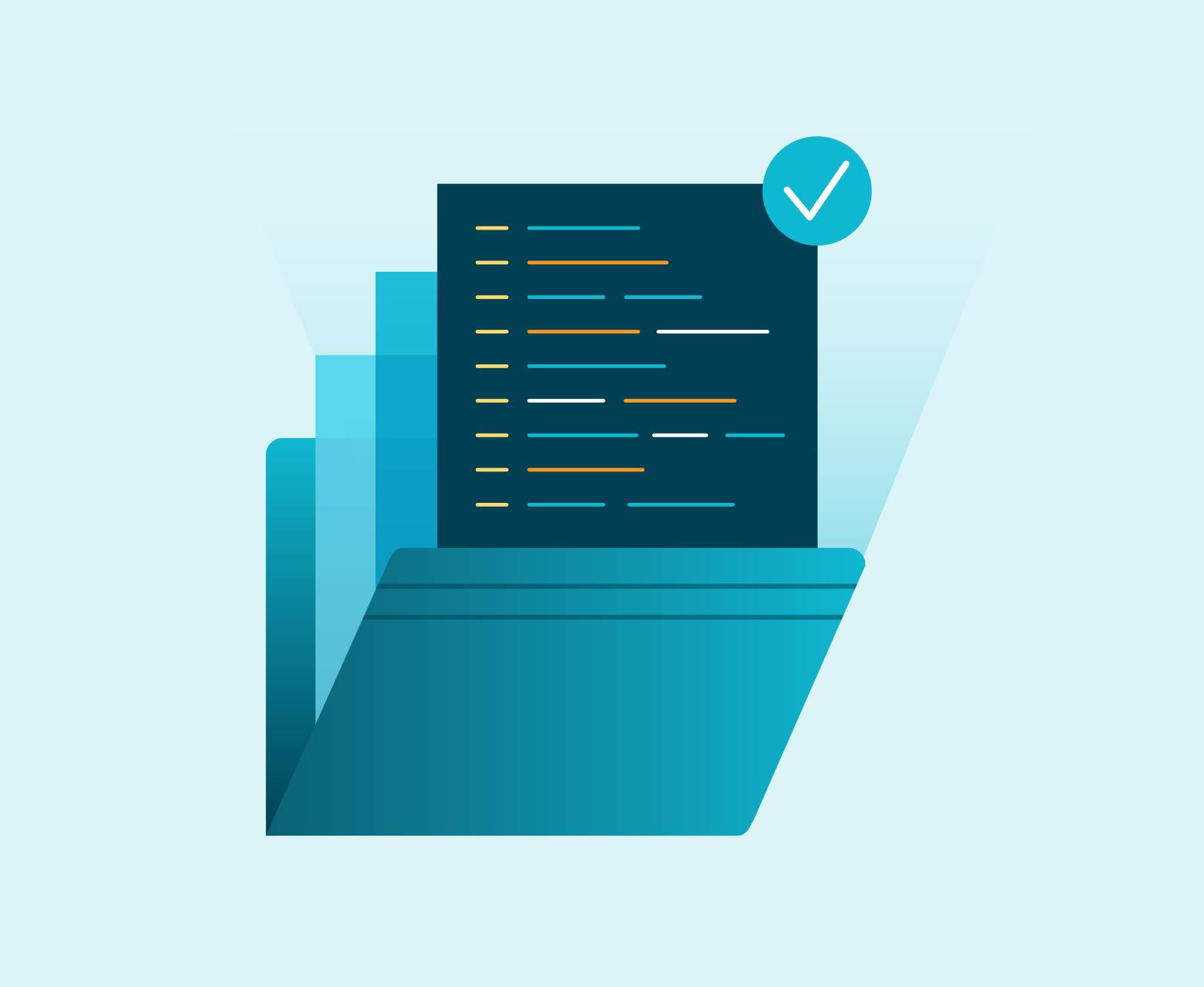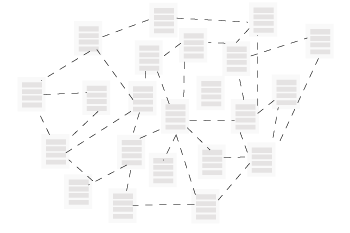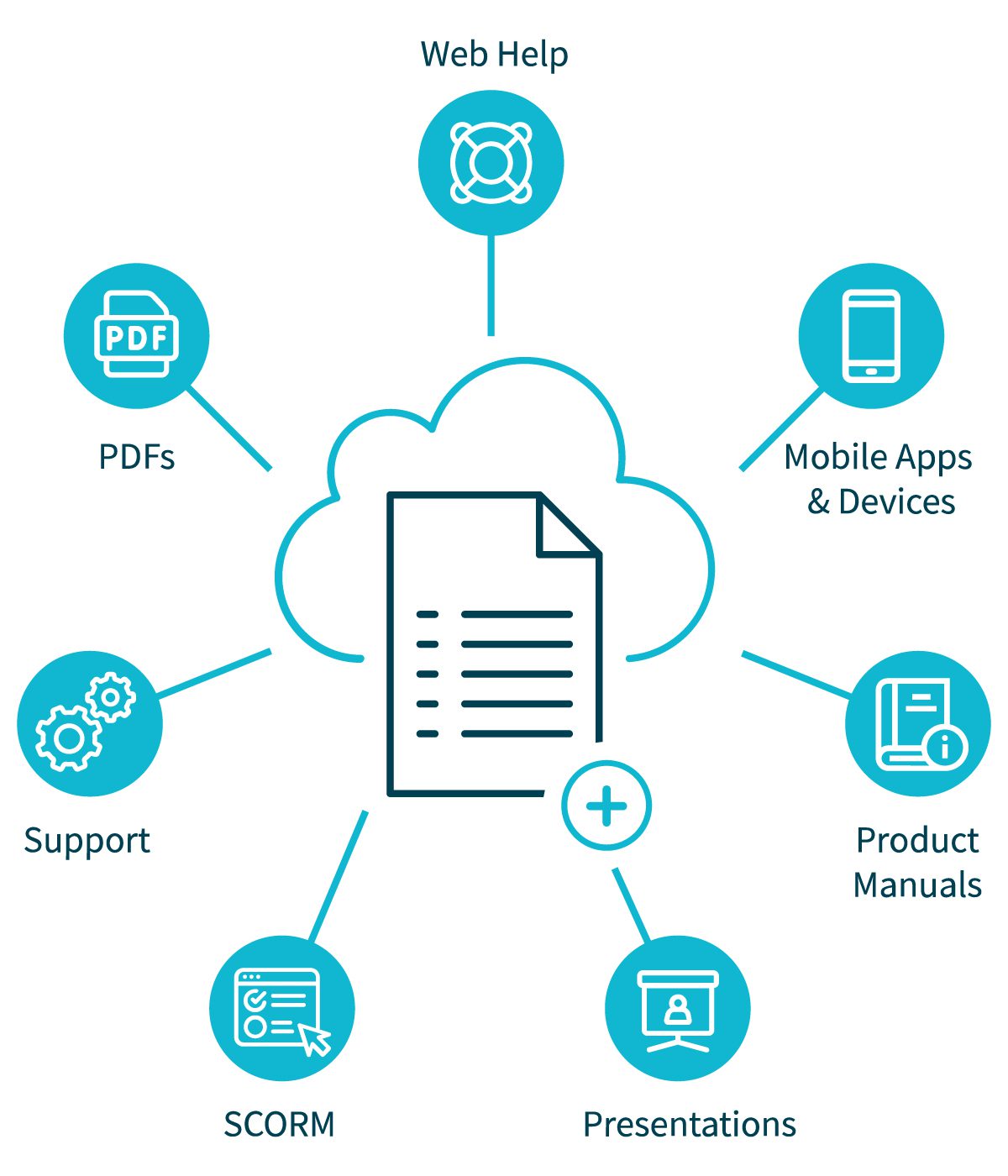Topic-based Authoring: Get started with an all-in-one technical writing platform.
New technical writers might have a difficult time wrapping their heads around topic-based authoring, especially if they come from a more literary background. Say goodbye to linear narratives and fancy flourishes; it’s time to start prioritizing simplicity and structure above all else.


In this post, we’re going to cover the following topics:
What is topic-based authoring?
Topic-based authoring is a method of writing content in small, modular chunks of information rather than in a linear format. These chunks, called “topics,” are independent from each other and can be mixed and matched to form larger documents as needed.
Imagine stringing together a set of beads to make a necklace, or building a wall one brick at a time.


Why is topic-based authoring important?
Topic-based authoring is a fundamental writing method for most technical writers because it facilitates reuse and single sourcing. When a writer edits a topic, every instance of that topic is updated across the organization’s publications. Technical writers can therefore make granular changes to content once without having to wade through huge, static documents or worry about inconsistencies.
This method saves organizations a lot of time, money and headaches.
What are the benefits of topic-based authoring?
Technical writers enjoy enormous benefits when they use topic-based authoring systems. Here are five of the greatest advantages:
Flexibility of content
Organizations can generate much more specific documentation, such as troubleshooting guides and manuals, by reorganizing modular topics to cater to users’ needs.
Fewer delays
Technical writers don’t need to wait until an entire document is ready before they begin editing or translating the content. Writers rushing to get user guides and manuals prepared for products still under development will find this especially useful.
Consistent quality
Writers are less likely to publish contradictory information if they make changes to topics instead of individual static documents, since topics only need to be edited one time. Topic-based authoring systems apply changes in a topic to every document in which that topic appears.
Publishing to multiple formats
Organizations can publish their content to multiple outputs, such as mobile, print or PDF, much more easily thanks to the flexibility of modular topics.
Collaboration and breaking down the silos
Subject matter experts and non-technical writers can weigh in on specific topics without needing to sort through any other content, saving everyone time and energy.
9 tips for topic-based authoring
If you’re just getting started with topic-based authoring, here are a few tips to get you on the right track:
- 1. Find a topic-based authoring software that suits your needs and provides good onboarding services, such as Author-it’s world-class team of veteran consultants.
- 2. Develop a content strategy to maximize the reuse of your content, both old and new.
- 3. Write generic content. Remember that your topics will be used and reused across many different documents and formats. Your “voice” should be as plain as possible.
- 4. Give topics clear names, especially if you work in a team. For example, if you’re writing about how to properly recycle batteries, a topic named “Battery Recycling” would be better than the shorthand “BR.” You’ll thank yourself down the line!
- 5. Cut out any irrelevant information. A single topic should only ever cover one task or concept to maximize its versatility.
- 6. Define your audiences and their different needs. What kind of documents are you creating and who are they for? Identify which topics will differ between specific user groups (such as contact information for support).
- 7. Use your table of contents as a roadmap. The division of headings and subheadings in your table of contents can help you figure out how to break down your topics.
- 8. Track down device-specific terms, since topics may be pushed out to a variety of outputs. For example, the word “click” should appear on browser displays while “tap” shows on mobile.
- 9. Avoid referencing other topics in your text. Phrases such as “See above” can cause problems when your topics are rearranged. Instead, use hyperlinks anchored to relevant text.
Topic-based authoring software
Topic-based authoring software are tools and platforms designed to manage this modular writing process. Coding requirements, supported formats and ease of collaboration all vary from product to product.
Whether you’re a writer just starting out in the field or a veteran looking for new technical documentation solutions, the key to choosing the right software is to define what your specific needs are. Ask yourself:
- Do you know how to code, or would you prefer a no-code platform?
- Will you be publishing content to multiple formats, such as web, PDF and mobile?
- Will you be collaborating with subject matter experts and non-technical writers?
- Does your organization have pre-existing content in Word, web or legacy help systems?
- Will your content need to be translated into multiple languages?
The all-in-one solution for technical writers
Author-it is a cloud-based authoring system that prioritizes ease of use and versatility for technical writers of any experience level. Author-it provides support for no-code collaboration between users, automated translation plug-ins, multiple output formats and legacy content integration.
As the original inventors of topic-based authoring, the Author-it team has over 20 years’ experience catering to the ever-evolving needs of technical writers, from increased globalization creating more demand for localization to the shift in workplace culture towards teamwork and breaking down the silos.


To learn more about how Author-it can help you meet your unique technical writing requirements, contact Author-it’s team of experts or request a demo.





